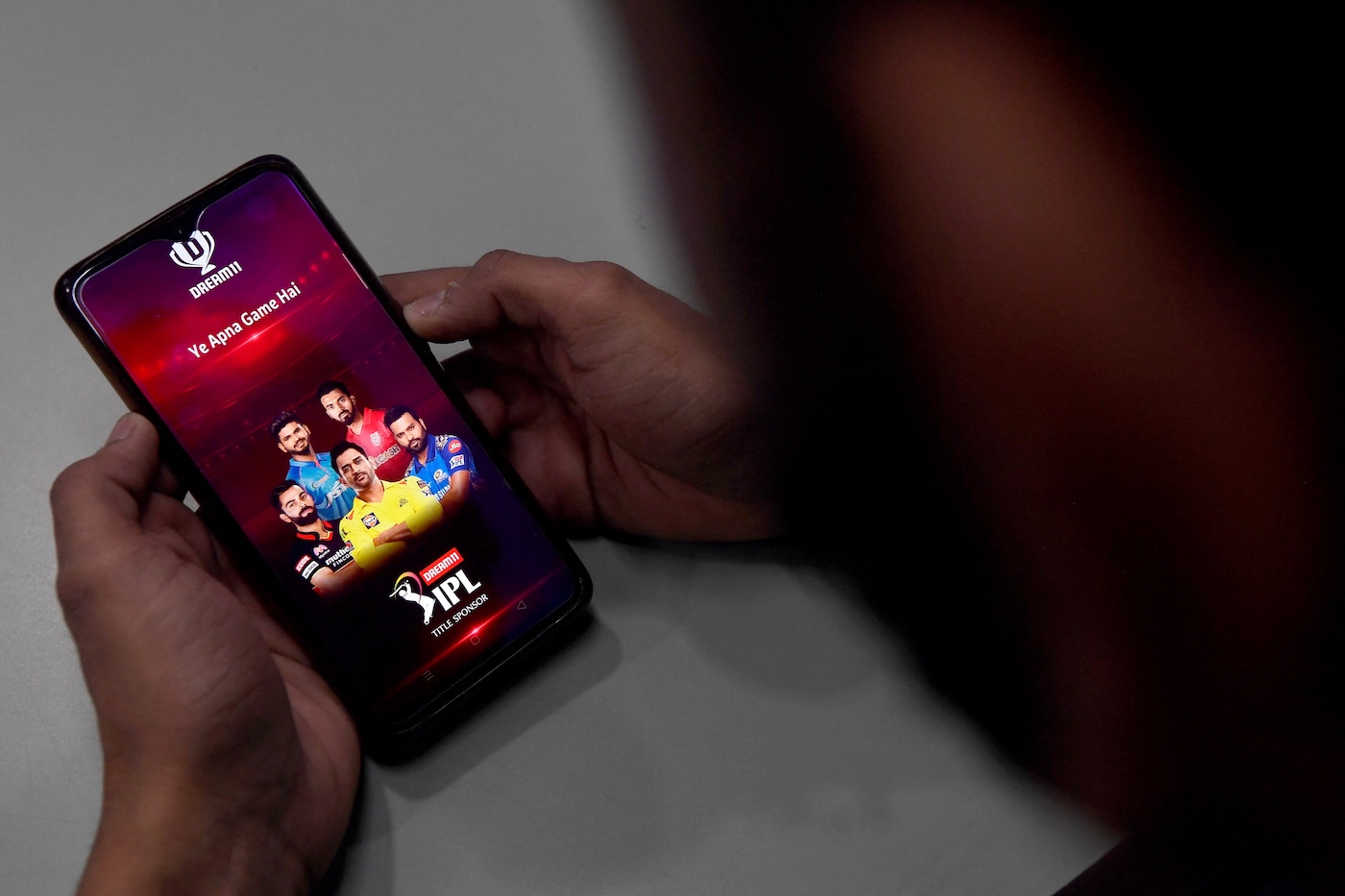How companies can handle layoffs compassionately
I had just landed my first real (non-HR) job at an international company, fresh out of university, full of ambition, and eager to prove myself. I loved the work, worked hard, stayed late, and genuinely believed I was making my mark. So when I was called into a meeting with HR one sunny Wednesday morning, I came in smiling, half-expecting praise. Surely, my efforts had been noticed. Maybe even a promotion was coming.
I walked into a glass-walled meeting room to find Susan from HR sitting alone, visibly uncomfortable behind her laptop. After a few awkward pleasantries, she launched into a stream of corporate jargon about “shifting priorities” and “evolving strategies.” I nodded along, trying to connect the dots.
Then it hit me. “Susan . . . are you firing me?” She nodded and hurriedly mumbled something about exit services.
It wasn’t just the layoff—it was the series of faux pas that came with it. No manager present. No warning. No privacy. Just a rehearsed speech, a bad PowerPoint, and zero empathy. At the time, I didn’t know better. But years later, working in HR myself, I looked back and saw it clearly: a masterclass in how not to handle people.
Why are we so bad at layoffs?
You could argue that this was two decades ago, and things must have improved since then. But have they? Consider the CEO of Better.com firing 900 employees (almost 15% of the workforce) over Zoom in 2021. Or Tesla’s 2024 mass layoffs, announced via a Sunday-night email revoking system access immediately. For all our talk about employee experience, empathy, and psychological safety, we still fail the most basic test: treating people like people.
We know that business change is inevitable. Strategies must evolve. Restructuring is often necessary. Agility is a business imperative. But if layoffs are going to happen, and they will, there are better ways to handle them. More human ways. Here’s how:
1. Minimize Uncertainty
Employees don’t need perfect certainty. They need honest, consistent communication. No one can work efficiently in the dark, and uncertainty breeds anxiety, rumors, and disengagement. One former colleague described his layoff experience as “well-executed, empathetic, and matter-of fact.” Why? Because employees were kept in the loop. The level of uncertainty was reduced right from the start. No surprises. No corridor gossip. Just timely, transparent updates from leadership and direct managers.
2. Communicate, Again, and Again
In too many companies, strategic changes are discussed only at the top, never cascading down. This leads to confused employees who feel blindsided when change hits. A 2024 survey by PwC found that over half of employees feel there’s too much change at work happening at once, and 44% don’t understand why change is happening at all.
Explain the “why.” Share the rationale. Communicate clearly, regularly, and with authenticity. A well-executed change management plan is key for an organization in transformation. Transparency, even when it means delivering bad news, is better than silence. Trust is built not by pretending everything is fine, but by communicating honestly and early.
3. Make Managers Accountable
It often seems that HR gets blamed for delivering bad news. But layoffs are business decisions, not HR ones. So, where are the managers? Managers should be active participants in staffing decisions and responsible for how they are communicated. They know their teams best. They should be trained and empowered to lead through these moments, not hide behind HR.
4. Invest in Skills, Even During Uncertainty
Ironically, companies tend to cut learning and development budgets when they need them most: during transformations. But investing in employee development during times of change builds trust and signals long-term commitment. Even if roles change (or disappear), the skills remain.
Today’s workforce is eager to grow. PwC’s survey shows that workers want to upskill, and many are open to using tools like generative AI to work smarter. Companies should meet them halfway, with upskilling, internal talent marketplaces, and support for career mobility.
5. Address Employee Stress Proactively
Restructuring and transformation efforts create emotional fallout. Left unaddressed, this stress turns into burnout, turnover, and long-term reputational damage. Leaders must create safe spaces where employees can speak openly without fear of negative consequences.
Listening and feedback loops must be real. At Netflix, for example, a “People over Process” culture means daily, constructive feedback is encouraged and acted on. That only works when leadership is visible, responsive, and truly engaged.
6. Build Resilience
Resilience isn’t about “powering through,” it’s about giving people tools to adapt. That means helping managers lead through change and equipping teams with emotional agility, psychological safety, and the ability to thrive in ambiguity.
7. Support the Survivors, Too
Layoffs don’t end with the people who are let go. The employees who remain are left navigating a mix of relief, guilt, and fear. And they keep on wondering, Am I next? What’s really going on? Can I trust anything I hear? Typically, what is left behind is a stressed-out workforce, a collapsing sense of loyalty, and a culture of fear.
To avoid this, companies must address the emotional toll on those who stay. Leaders should overcommunicate, set expectations clearly, and offer both honesty and reassurance. Let people know there’s a plan and where they fit into it.
In a world where constant change is the norm, how we change matters just as much as why we change. The goal should not be just speed. Agility without empathy is chaos. But when done right, paced, thoughtful, and human centered, it can actually build trust, not destroy it.
There are more compassionate ways to run a business. We just have to choose them.
What's Your Reaction?
 Like
0
Like
0
 Dislike
0
Dislike
0
 Love
0
Love
0
 Funny
0
Funny
0
 Angry
0
Angry
0
 Sad
0
Sad
0
 Wow
0
Wow
0





























































































